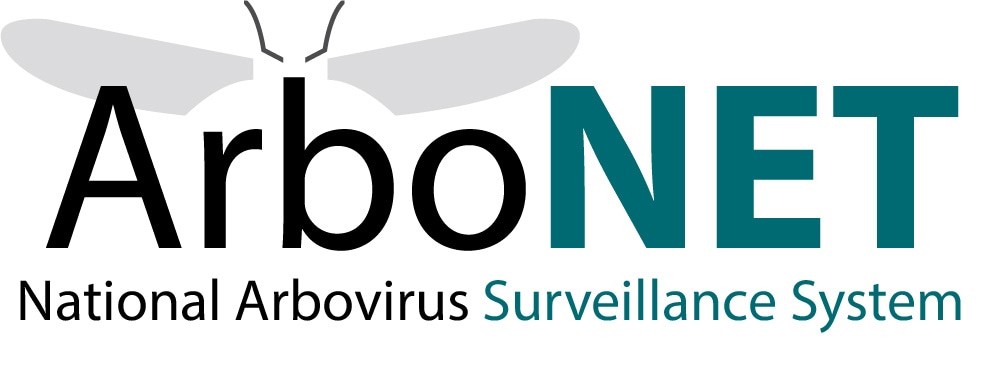Surveillance Resources
Case Definition
West Nile virus disease is a nationally notifiable condition. Cases are reported to CDC by state and local health departments using standard case definitions.
Guidelines for Surveillance, Prevention, and Control
The CDC Arboviral Diseases Branch has developed guidelines to assist public health professionals with West Nile virus surveillance and control efforts. Subjects covered include surveillance, laboratory diagnosis, control and prevention methods, data sharing and reporting, and research priorities.
West Nile Virus Surveillance and Control Guidelines
ArboNET

ArboNET is the national arboviral surveillance system managed by CDC and state health departments. In addition to human disease, ArboNET maintains data on arboviral infections among presumptive viremic blood donors, veterinary disease cases, mosquitoes, dead birds, and sentinel animals.
As with other national surveillance data, ArboNET data have several limitations that should be considered in analysis, interpretation, and reporting:
- ArboNET is a passive surveillance system. It is dependent on clinicians considering the diagnosis of an arboviral disease and obtaining the appropriate diagnostic test, and reporting of laboratory-confirmed cases to public health authorities. Diagnosis and reporting are incomplete, and the incidence of arboviral diseases is underestimated.
- Reported neuroinvasive disease cases are considered the most accurate indicator of arboviral activity in humans because of the substantial associated morbidity. In contrast, reported cases of nonneuroinvasive arboviral disease are more likely to be affected by disease awareness and healthcare-seeking behavior in different communities and by the availability and specificity of laboratory tests performed. Surveillance data for nonneuroinvasive disease should be interpreted with caution and generally should not be used to make comparisons between geographic areas or over time.
- Provisional ArboNET data are provided to help track recent arboviral disease activity. However, these data may change substantially before they are finalized. Provisional data from the current year should not be combined with or compared to final data from previous years.